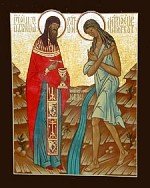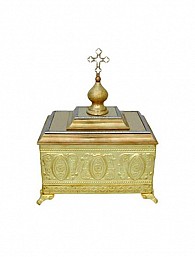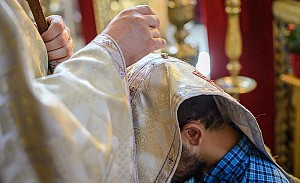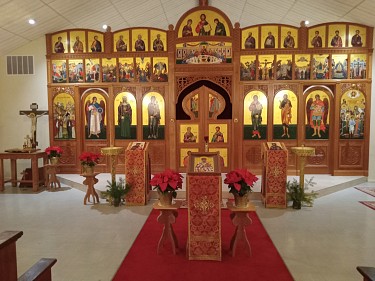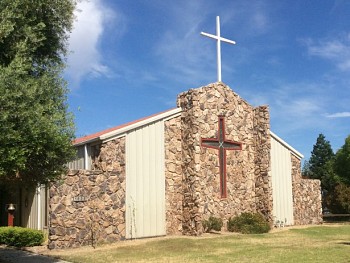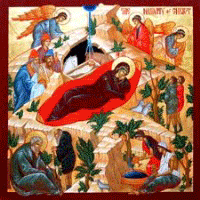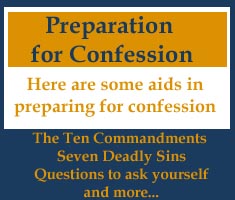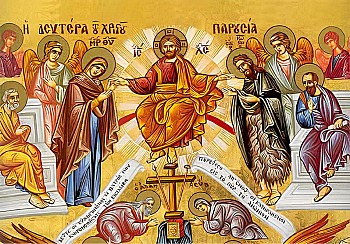Worship With Us !
5th Sunday of Great Lent:
St. Mary of Egypt
Divine Liturgy Sunday April 21 @ 10am
St Zosimas (April 4) was a monk at a certain Palestinian monastery on the outskirts of Caesarea. Having dwelt at the monastery since his childhood, he lived there in asceticism until he reached the age of fifty-three. Then he was disturbed by the thought that he had attained perfection, and needed no one to instruct him. “Is there a monk anywhere who can show me some form of asceticism that I have not attained? Is there anyone who has surpassed me in spiritual sobriety and deeds?”
Suddenly, an angel of the Lord appeared to him and said, “Zosimas, you have struggled valiantly, as far as this is in the power of man. However, there is no one who is righteous (Rom 3:10). So that you may know how many other ways lead to salvation, leave your native land, like Abraham from the house of his father (Gen 12:1), and go to the monastery by the Jordan.”
Abba Zosimas immediately left the monastery, and following the angel, he went to the Jordan monastery and settled in it.
Here he met Elders who were adept in contemplation, and also in their struggles. Never did anyone utter an idle word. Instead, they sang constantly, and prayed all night long. Abba Zosimas began to imitate the spiritual activity of the holy monks.
Thus much time passed, and the holy Forty Day Fast approached. There was a certain custom at the monastery, which was why God had led St Zosimas there. On the First Sunday of Great Lent the igumen served the Divine Liturgy, everyone received the All-Pure Body and Blood of Christ. Afterwards, they went to the trapeza for a small repast, and then assembled once more in church.
The monks prayed and made prostrations, asking forgiveness one of another. Then they made a prostration before the igumen and asked his blessing for the struggle that lay before them. During the Psalm “The Lord is my Light and my Savior, whom shall I fear? The Lord is defender of my life, of whom shall I be afraid?” (Ps 26/27:1), they opened the monastery gate and went off into the wilderness.
Read the whole story HERE
Dont' Miss this Wonderful Lenten Services
Wednesday April 17 @ 6:00pm
Learn about the Liturgy of the
Presanctified Gifts HERE
EXTRA!! If you miss Tuesday April 16 Service:
Listen to Fr. Lawrence read the story of
Saint Mary of Egypt
Brotherhood of St. John
No meetings until May
Open to all men of the church
Myrrhbearers - Lenten Retreat
April 19 and April 20
@ Church Fellowship Hall
Special Guest Presentation:
Mother Catherine
St. Catherine's Monastery
Sonora, CA
Open to all women of the church
COME! WORSHIP WITH US!
Saturday at 5pm - Great Vespers service
Sunday at 10am Divine Liturgy service
Sunday Divine Liturgy is followed by a
Fellowship Luncheon in the Church Hall
Everyone is welcome!
Illumine our hearts, O Master, Lover of mankind, with the pure light of Your divine knowledge. Open the eyes of our mind to the understanding of Your gospel teachings. Instill also in us the fear of Your blessed commandments, that trampling all carnal desires, we may enter upon a spiritual manner of living, both thinking and doing such things that are well-pleasing to You,
Before the Judgment Seat of Christ
Fr. Stephen Freeman
Church Office Hours
PLEASE CALL FOR CURRENT SCHEDULE
(209) 812-6232
Use this time for private prayer
or volunteer your time to our parish
Visitors Welcome!
Extensive and excellent guide to
Orthodox Christian vocabulary
by the Orthodox Church of the Mother of God
"The Cross is the 'Tree of Life'"
April 7, 2024
Listen to the audio of
Fr. Lawrence's Gospel Readings and Sermons
"The Cross is the Tree of Life" Sermon April 7, 2024
"St. Gregory Palamas - Hesychastic Prayer - Jesus Prayer" Mar 31, 2024
"Our Lenten Journey: Forgiveness and Spiritual Renewal" - Mar 17, 2024
"Remember our calling as human beings" - Mar 10, 2024
"Sunday of the Prodigal Son" - Mar 3, 2024
"It is God's desire to make whole and human" - Feb 25, 2024
"Our Lenten Journey: Forgiveness and Spiritual Renewal"
March 17, 2024
FORGIVING OTHERS
“If you are about to offer your gift to God at the altar and there you remember that your brother has something against you, leave your gift there in front of the altar, go at once and make peace with your brother, and then come back and offer your gift to God” (Mt. 5:23-24).
“When you stand and pray, forgive anything you have against anyone, so that your Father in heaven will forgive the wrongs you have done” (Mk. 11:25).
In the Lord’s Prayer Jesus taught His followers to pray: “Forgive us our trespasses, as we forgive those who trespass against us” (Mt. 6:12, RSV).
“Get rid of all bitterness, passion, and anger. No more shouting or insults, no more hateful feelings of any kind. Instead, be kind and tender hearted to one another, and forgive one another, as God has forgiven you through Christ” (Eph. 4:31-32).
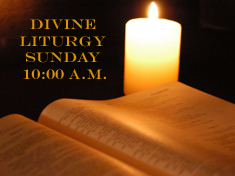 |
